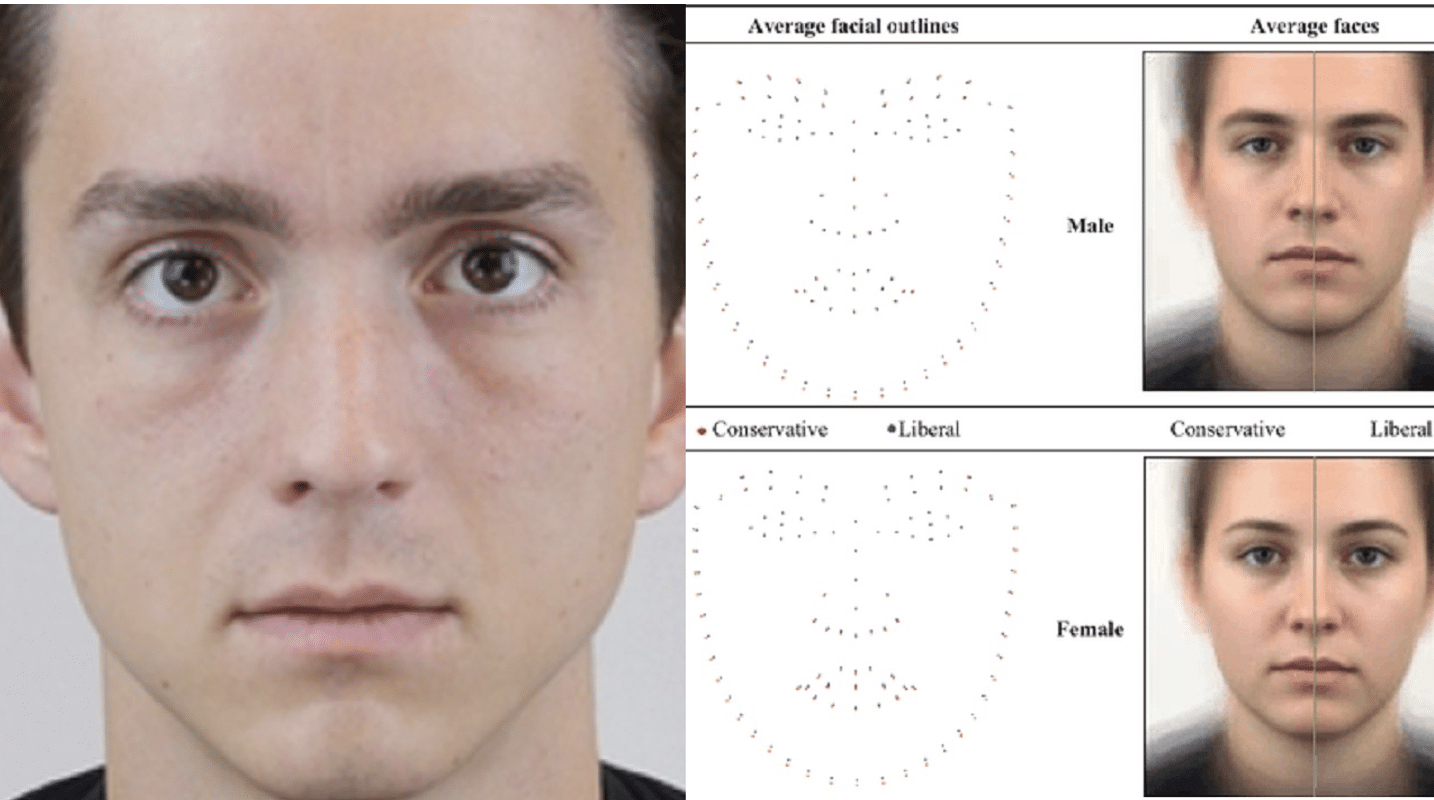An asteroid the size of a big truck will fly by Earth on Thursday just 2,200 miles above the planet’s surface in one of the closest approaches ever recorded, scientists said.
The asteroid, named 2023 BU, will travel over the Pacific Ocean west of southern Chile, Thursday afternoon Pacific time, according to Davide Farnocchia, a navigation engineer at the National Aeronautics and Space Administration’s Jet Propulsion Laboratory.
The near-Earth object poses no danger, and there is no expected impact. “It’s not going to break up,” said Dr. Farnocchia. “It’s going to zoom past Earth, say hello and move on.”
Had it entered Earth’s orbit, the asteroid would have burned upon entry and, at its small size, turned into a fireball. “It’s not going to get close enough for that,” said Dr. Farnocchia.
This will be the fourth-closest approach recorded, according to Dr. Farnocchia. He said there were two instances in 2020 and another in 2021. Asteroids are big rocks and harder to recognize than comets, which usually have spectacular tails.
2023 BU was first spotted by amateur astronomer Gennadiy Borisov, from his observatory in Nauchnyi, Crimea, on Jan. 21. More observations were reported to the Minor Planet Center, a clearinghouse for the position measurement of small celestial bodies. And after the discovery was announced, observatories around the globe added to the findings, helping astronomers refine 2023 BU’s orbit, according to NASA.
NASA’s impact hazard assessment system, which is based in Southern California and called Scout, analyzed the data and quickly predicted the near miss.
Dr. Farnocchia, who developed Scout, said he received an alert from Scout about the asteroid when he was having dinner. “When you see that alert, you just want to make sure that it’s real,” he said. “So usually I just go and see the data and confirm it’s real and that everything is checked out.”
Scientists use perihelion—or the point in the orbit of a plane, asteroid or comet at which it is closest to the sun—to measure how close an object is getting to Earth. If the perihelion of an object is less than 1.3 astronomical units, which is the distance between Earth and the sun, it is called a near-Earth object.
“Some of them actually can come really close to the Earth, and some of them might never come close to the Earth. That is just the first cutoff to split objects that could be potentially interesting and the ones that certainly are not,” said Dr. Farnocchia. (SOURCE)

















